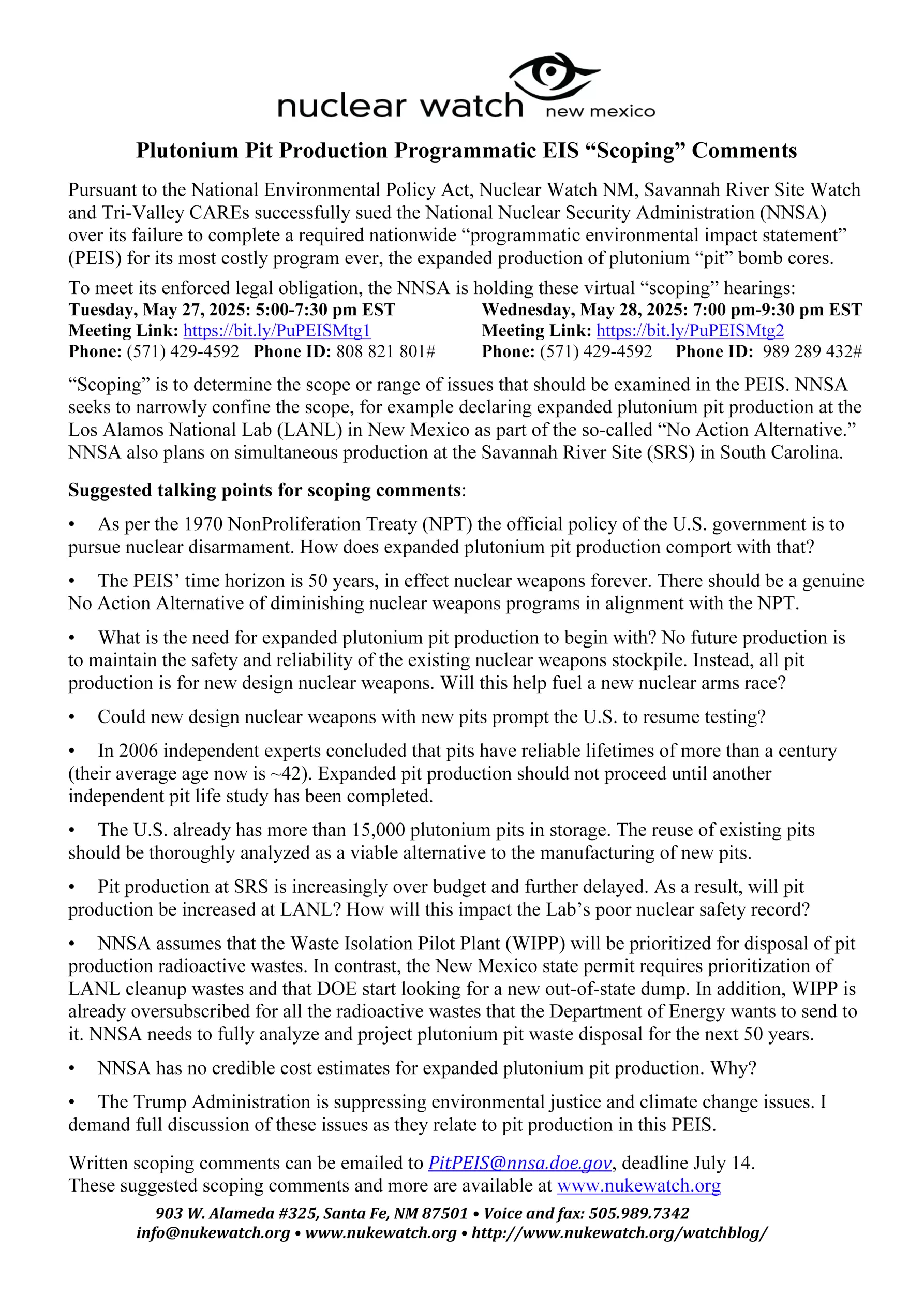Nuclear Weapons Budget:
• Trump wants a Continuing Resolution (CR) for the rest of the year, rather than doing an omnibus appropriation bill or partially shutting down the federal government on March 15. That means the federal government would run on FY 2024 budget levels through September 30, 2025. However, there are “anomalies”, one being a $185 million increase for nuclear weapons programs paid for by a corresponding cut to nonproliferation programs. This also means no individual or “omnibus” appropriations bills for FY 2025. It will be the first time that the government runs on a Continuing Resolution for an entire fiscal year.
• House and Senate approved their respective budget resolutions but still have to reconcile them. Both have $4 trillion in tax cuts for the rich paid for in part by $2 trillion in cuts in domestic programs, with Medicaid being the single biggest target. They also have an additional $300 billion toward new military and border security spending. The budget resolution is not legally binding so it’s not completely clear how it gets implemented should there be a Continuing Resolution (CR) for the entire FY 2025.
Nuclear Weapons Update:
Trump has been making noises about cutting nuclear weapons:
1. From Frank Chen, Rethink Media:
Addressing WEF in Davos, 1/23/25: “We’d like to see denuclearization. In fact, with President Putin…we were talking about denuclearization of our two countries, and China would have come along. China has a — a much smaller, right now, nuclear armament than us or field than us, but they’re — they’re going to be catching it at some point over the next four or five years.
And I will tell you that President Putin really liked the idea of — of cutting way back on nuclear. And I think the rest of the world, we would have gotten them to follow. And China would have come along too. China also liked it.
Tremendous amounts of money are being spent on nuclear, and the destructive capability is something that we don’t even want to talk about today, because you don’t want to hear it. It’s too depressing.
So, we want to see if we can denuclearize, and I think that’s very possible. And I can tell you that President Putin wanted to do it. He and I wanted to do it. We had a good conversation with China. They would have been involved, and that would have been an unbelievable thing for the planet.”
2. Joint press conference with Indian PM Modi, 2/13/25, “You know, the power of weaponry today is — and not only nuclear, but nuclear, in particular — the power of weaponry is very important. I said before that I had very constructive talks in my first term with President Putin about the denuclearization of the two countries. And then we were going to go to China after we worked some kind of a deal, and we had the confines of a deal…he really wanted to do it and so did I — denuclearize. And it’s such a beautiful term, when you think about it. In other words, to bring it down, because the power of those weapons is too great.
And I did speak to President Xi about that, and I was getting also a very good response. He’s building a very strong nuclear power. He’s not very close to Russia or the United States right now, but he will be soon. I mean, he’ll catch up over the period of four or five years, they say.
…But after I put out the fires, I’m going to meet with China, and I’m going to meet with Russia, and we’re going to see if we can de-escalate, if we can bring it down — military — especially as it pertains to nuclear.”
3. Speaking to reporters in the Oval Office, 2/13/25, “At some point, when things settle down, I’m gonna meet with China, and I’m gonna meet with Russia…we were talking about ‘de-nuking’, denuclearize. President Putin and I agreed we were gonna do it, in a very big way.
There’s no reason for us to be building brand new nuclear weapons, we already have so many. You could destroy the world 50 times over, 100 times over. And here we are building new nuclear weapons, and they’re building nuclear weapons, and China is building new nuclear weapons.
Hopefully there will never be a time when we need those weapons. If there is ever a time when we need nuclear weapons, like the kind of weapons that we are building, and that Russia has, and that China has––to a lesser extent, but will have––that’s gonna be a very sad day; that’s gonna be probably oblivion.
…We’re all spending a lot of money that we could be spending on other things that are actually, hopefully much more productive.”
Accelerating Arms Race
• New Strategic Arms Reduction Treaty (START) expires in February 2026. If not renewed it will be the first time the world is without any arms control treaty since the mid-1970s.
• Given Trump’s apparent siding with Putin over Ukraine, Europe is talking more about its own nuclear “deterrent”, particularly through the French. Through the United Kingdom is unlikely given that its nuclear weapons programs are so closely intertwined with the U.S.’ But relying upon either the French or UK has the strong advantage of not technically violating the 1970 NonProliferation Treaty. There is increasing noise in South Korea and Japan for their own nukes as well.




















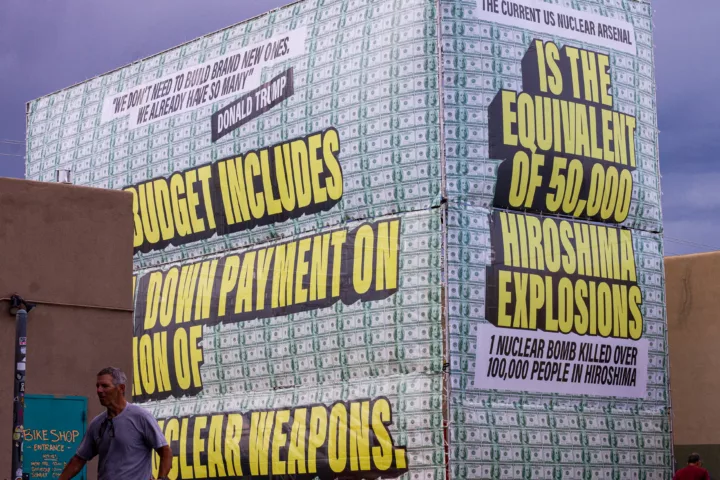



















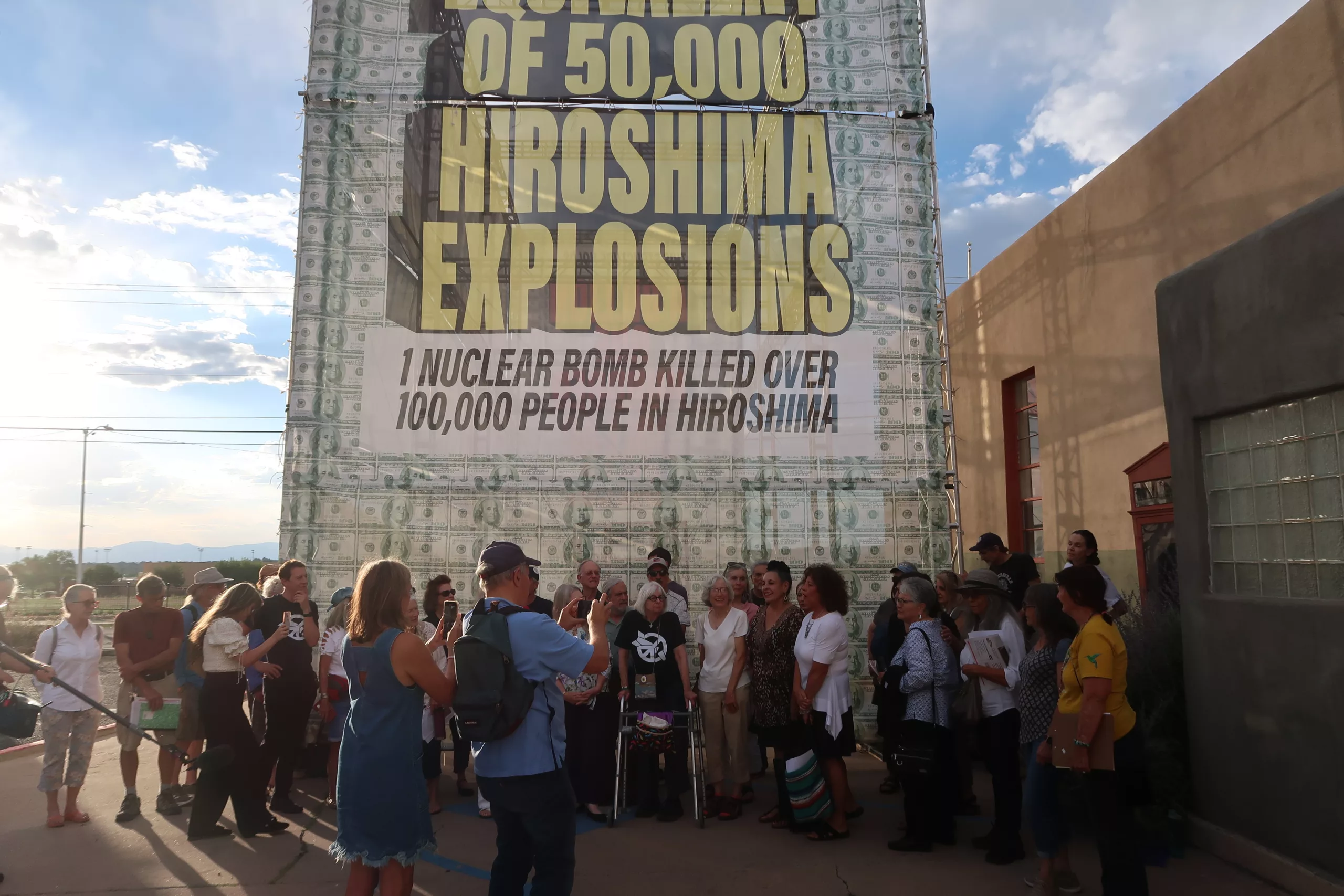









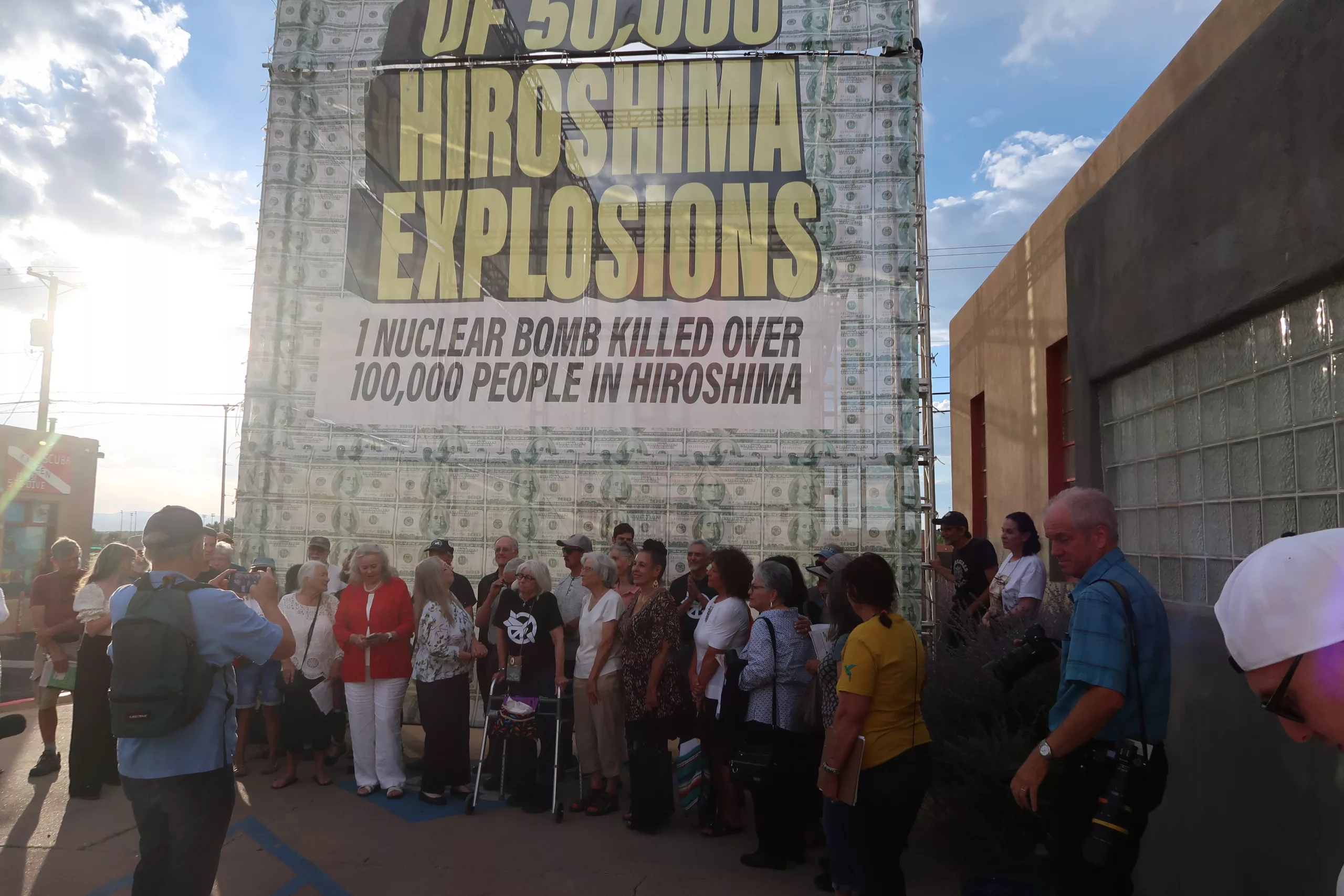







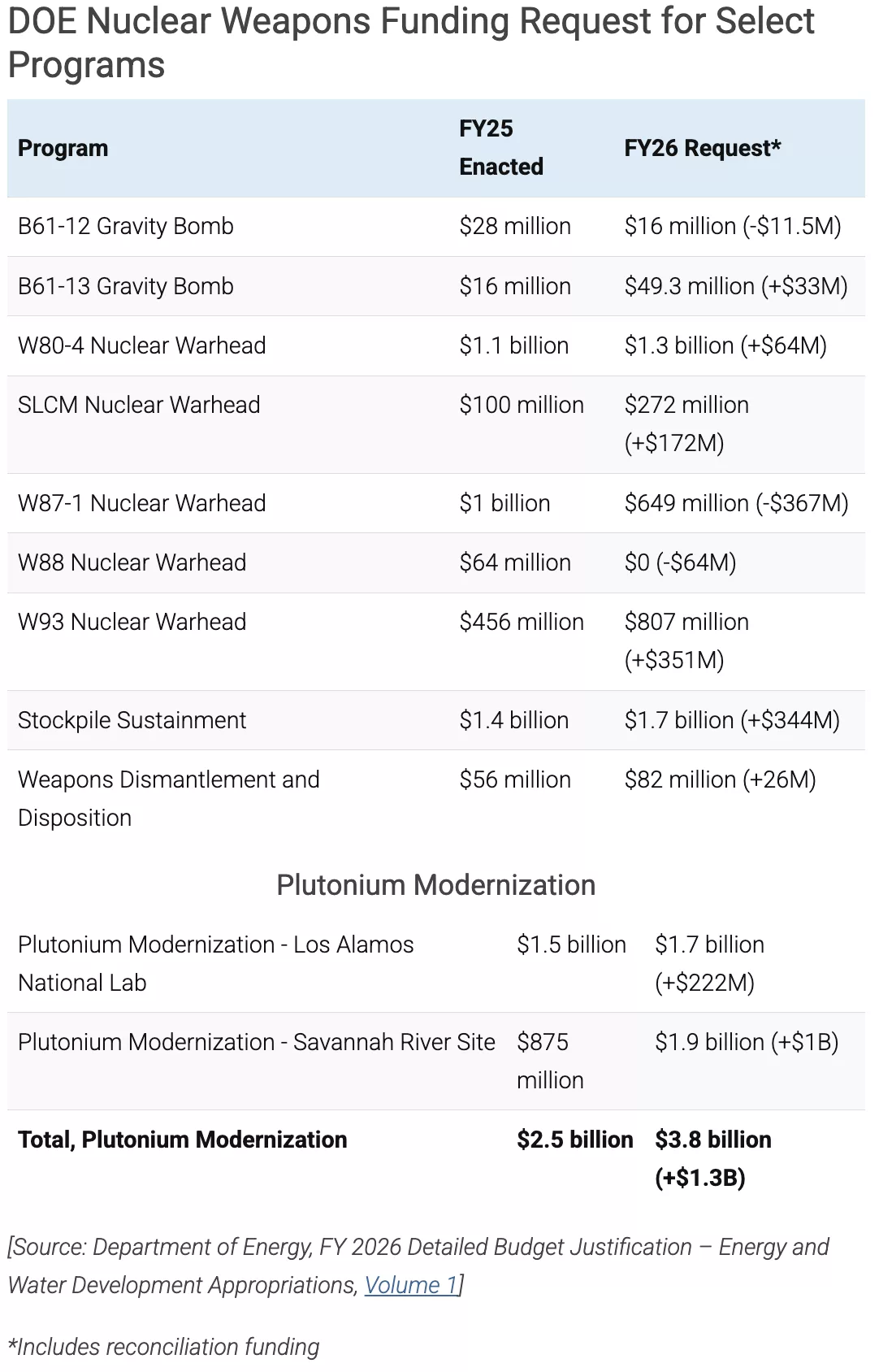 Note: the + or – signs result from the “reconciliation” bill.
Note: the + or – signs result from the “reconciliation” bill.


